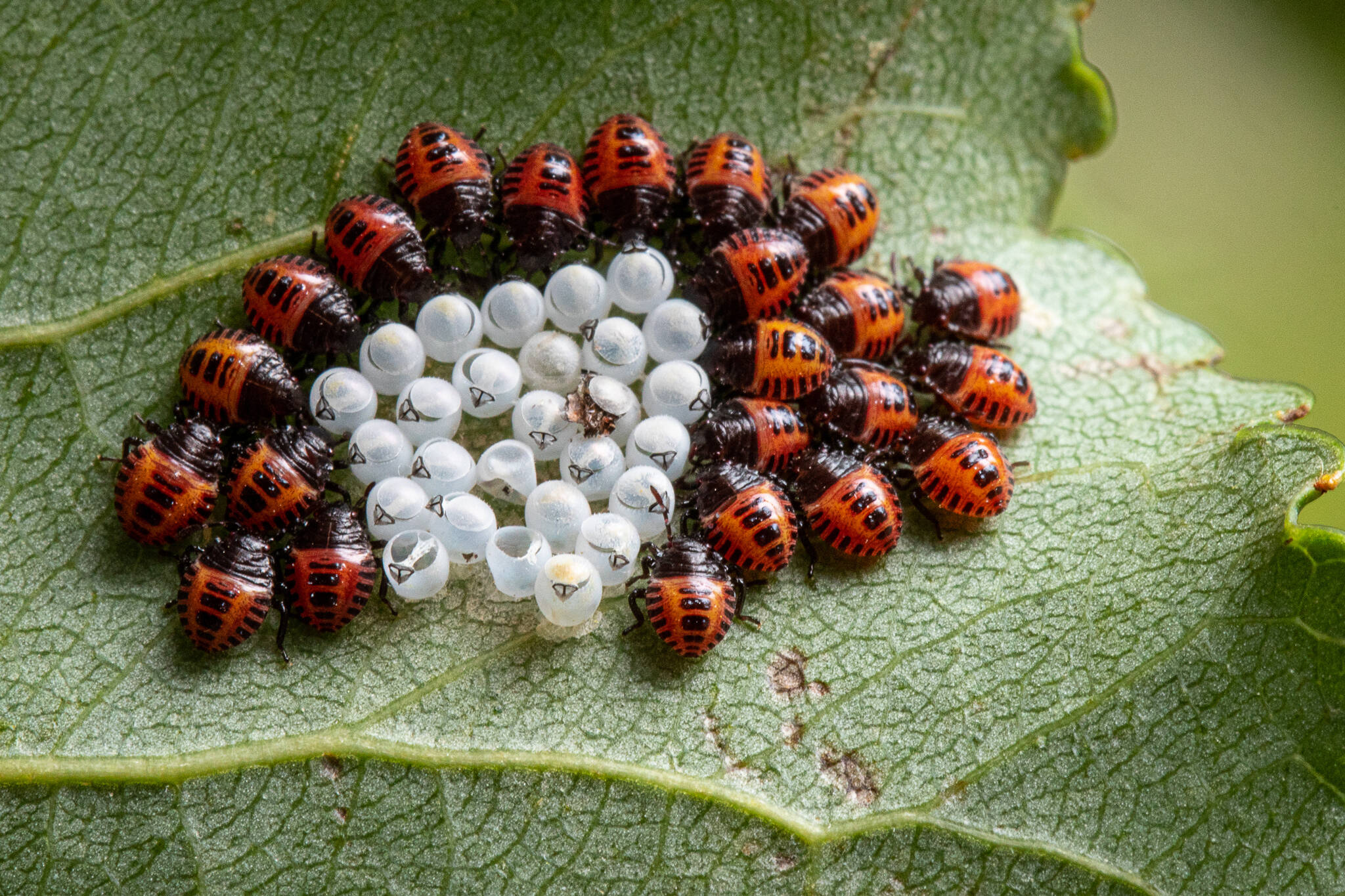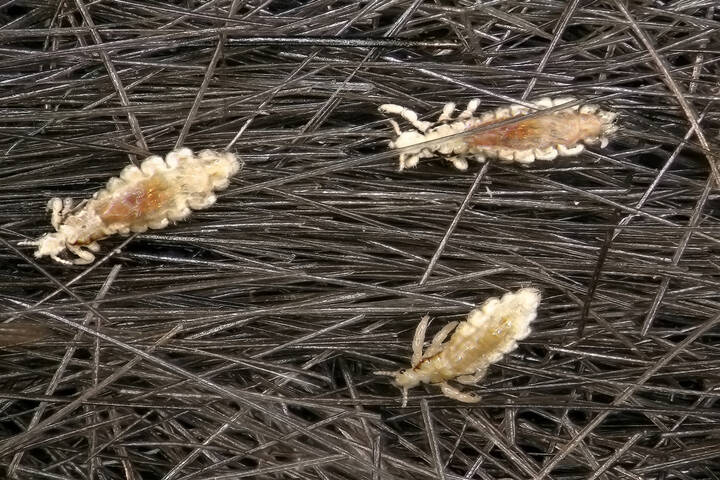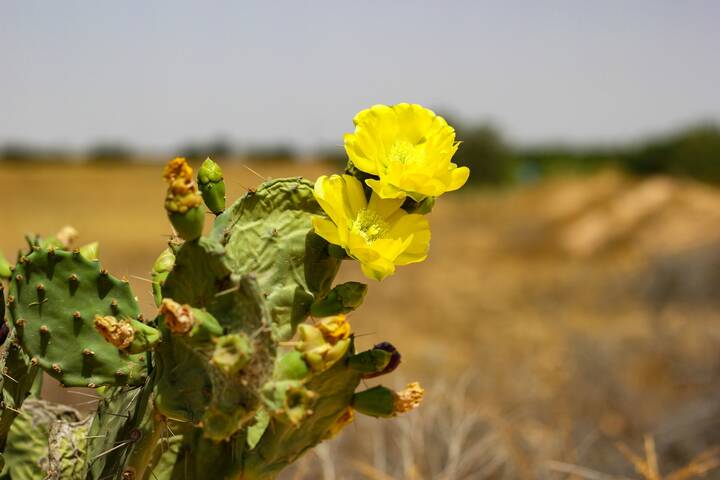
These very smelly insects are invading Ontario and spreading fast
Ontario has been invaded by a particularly unwelcome insect known for its foul scent, and experts anticipate that the brown marmorated stink bug (BMSB), or Halyomorpha halys, will only continue to spread across the province.
Native to Japan, Korea, Taiwan and China, the BMSB was accidentally introduced to North America in the mid-1990s, and populations of the smelly invader were first identified in Allentown, Pennsylvania back in 2001.
In the over two decades since hitchhiking across the sea, the BMSB has established itself across North America, including in several Canadian provinces, such as Ontario.
As the name suggests, these invasive critters are known for their distinctively stanky aroma, a defence mechanism emitted by the insects when handled or crushed that has been described as smelling like an intense and unpleasant coriander odour.
Although they don't sting or bite, the BMSB is considered an agricultural pest and is even known to bring its foul scent into homes and businesses to escape the winter cold.
These insects have already established populations in Southern Ontario, yet efforts to eradicate their stinky spread are hindered by continued incursions.
The Province of Ontario notes that "BMSB is an excellent hitchhiker and can be moved over large distances in shipping containers, cargo and vehicles," and that stink bugs have been "intercepted on a wide variety of trade goods coming into Ontario and other provinces from infested areas."
Between established populations and new hitchhiking invaders, the province anticipates that the BMSB will continue its spread across Southern Ontario in the years to come.
With winter arriving, BMSB populations across Ontario are being spotted out of the wild and in peoples' homes, creating opportunities for very smelly insect-human interactions — especially when unwitting homeowners attempt to dispatch these unwanted guests.
Guelph, Ontario, Canada
byu/bravo22131 inwhatisthisbug
Experts with the province suggest that the best way to fight these home invasions is to shore up your defences and prevent entry in the first place. This can be accomplished by sealing up cracks around windows, doors, pipes, chimneys and other openings to buildings that can be used as access points by stink bugs.
Sealants like silicone-latex caulk, expandable foam or weather stripping are recommended to seal off all potential entry points.
Luckily, these insects aren't capable of causing structural damage to buildings and are, at most, a smelly nuisance in the lives they invade. They don't even reproduce indoors, instead entering a state of hibernation/overwintering, so infestation is unlikely.
So, what should you do if these stinky invaders make their way into your home?
Like any invasive species, the province recommends a summary death sentence and instructs homeowners how to dispatch these pesky critters without stinking up their homes or businesses in the process.
Insecticide sprays are not recommended for killing BMSB indoors, and experts instead recommend a range of increasingly sadistic killing methods like crushing (knowing there's a smell in store), freezing or drowning them in soapy water.
If you're more of a hands-off type with your killing sprees, the province suggests bagless vacuums that can be cleaned after the fact to remove the intensely unpleasant odour that will undoubtedly ensue.
sruilk/Shutterstock
Latest Videos
Latest Videos
Join the conversation Load comments







